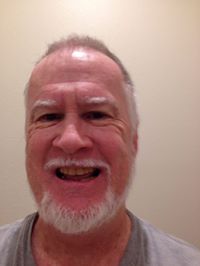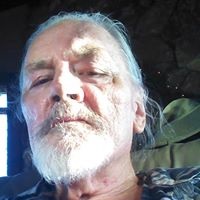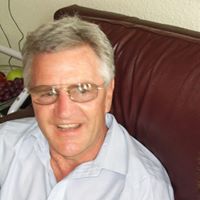Who discovered the elements caesium and rubidium alongside the physicist Gustav Kirchhoff?
Robert Wilhelm Eberhard Bunsen (1811 - 1899) was a German chemist. He investigated emission spectra of heated elements, and along with the physicist Gustav Kirchhoff discovered caesium and rubidium. The Bunsen–Kirchhoff Award for spectroscopy is named after Bunsen and Kirchhoff.
Bunsen and Kirchhoff began to study emission spectra of heated elements, a research area called spectrum analysis.There had been earlier studies of the characteristic colours of heated elements, but nothing systematic.
In the summer of 1859, Kirchhoff suggested to Bunsen that he should try to form prismatic spectra of these colours. Later that year the two scientists had invented an appropriate instrument, a prototype spectroscope.
The spectroscope was able to identify the characteristic spectra of sodium, lithium, and potassium. After numerous laborious purifications, Bunsen proved that highly pure samples gave unique spectra.
In the course of this work, Bunsen detected previously unknown new blue spectral emission lines in samples of mineral water from Dürkheim, a German spa town in Baden-Württemberg.
He thought that these lines indicated the existence of an undiscovered chemical element. After careful distillation of 40 tons of this water, in the spring of 1860 he was able to isolate 17 grams of a new element. He named the element "caesium", after the Latin word for deep blue. The following year he discovered rubidium, by a similar process.
More Info:
en.wikipedia.org



